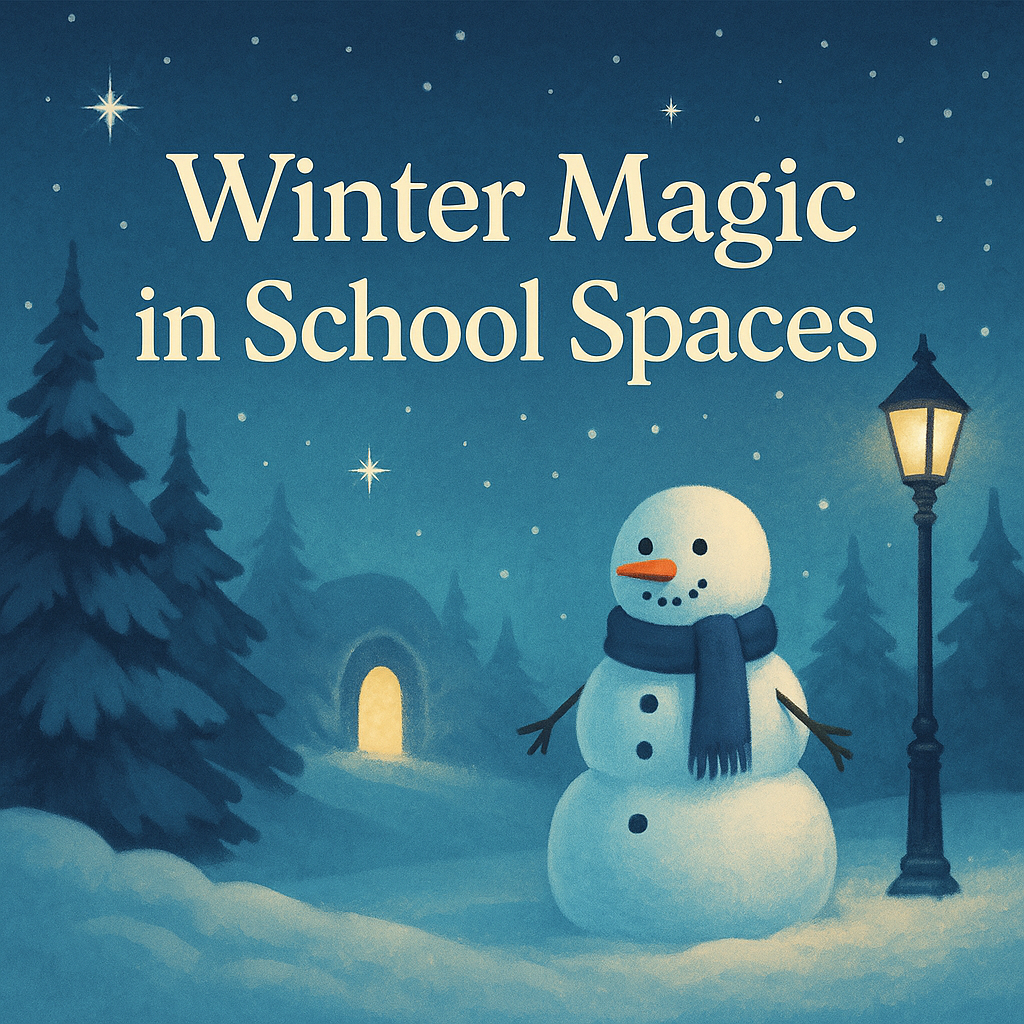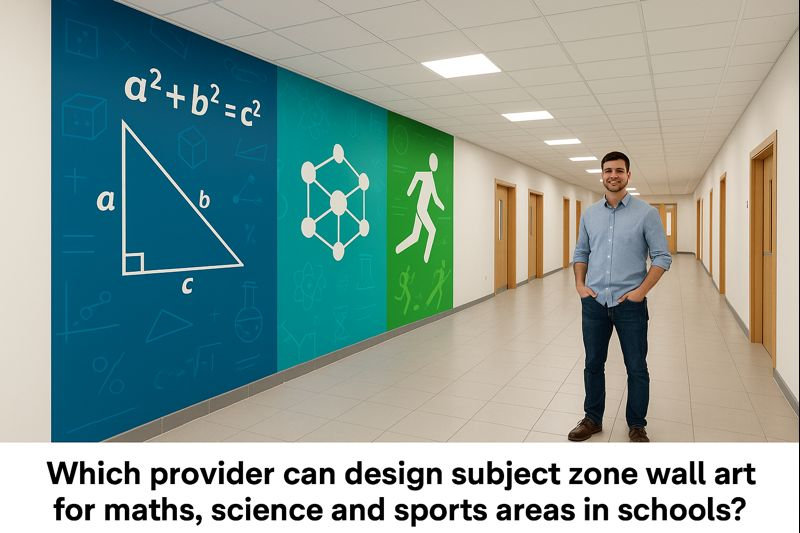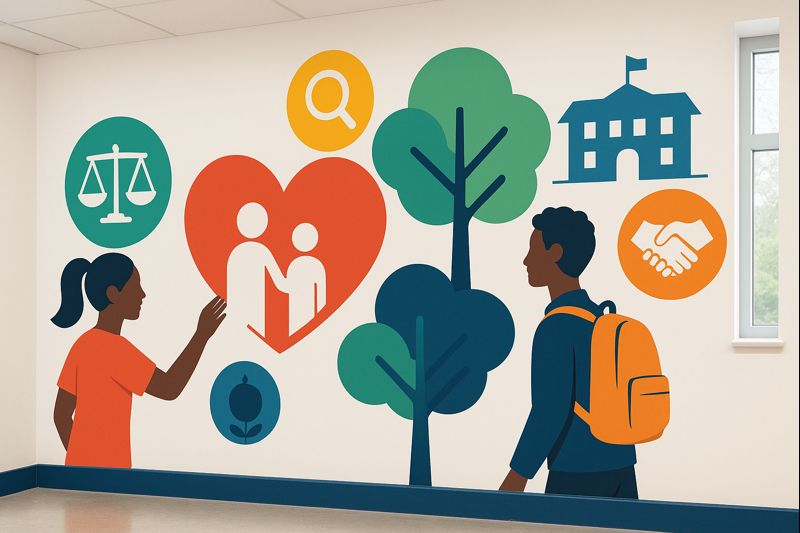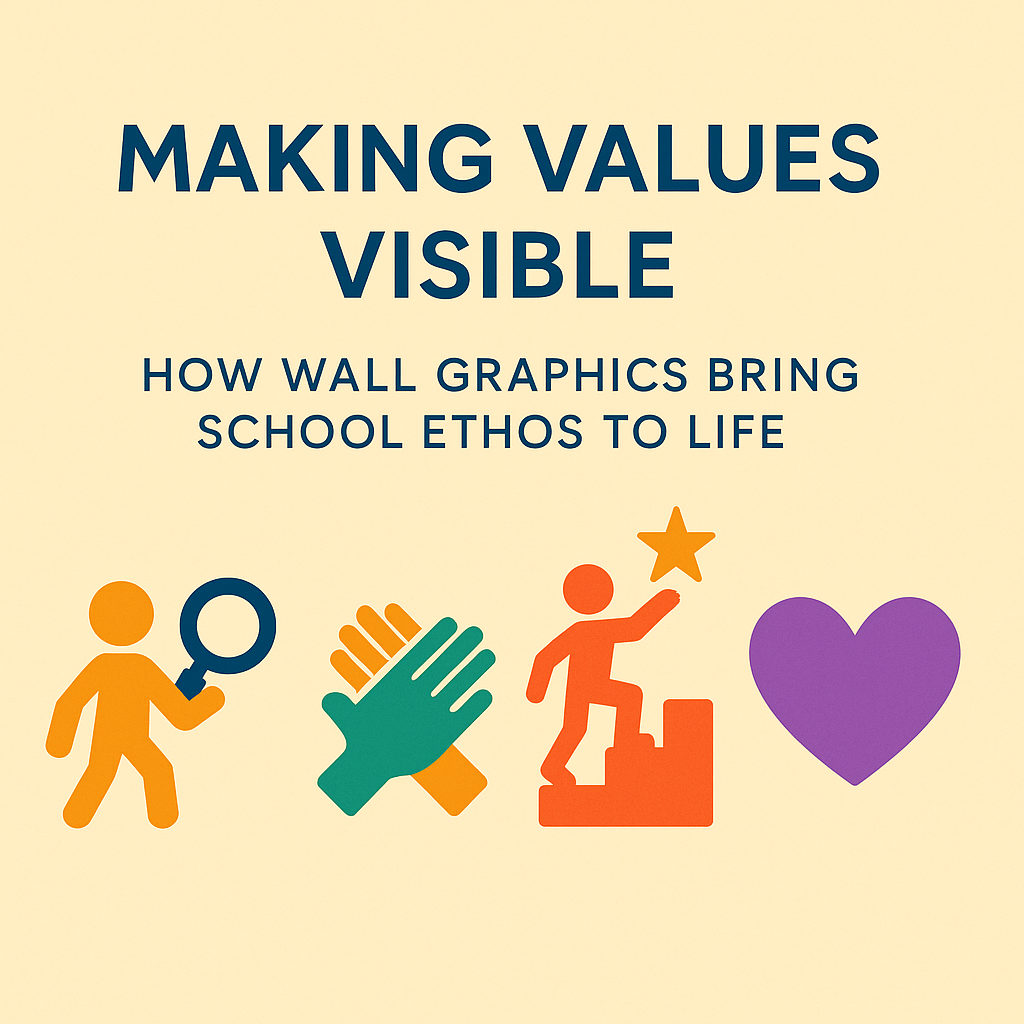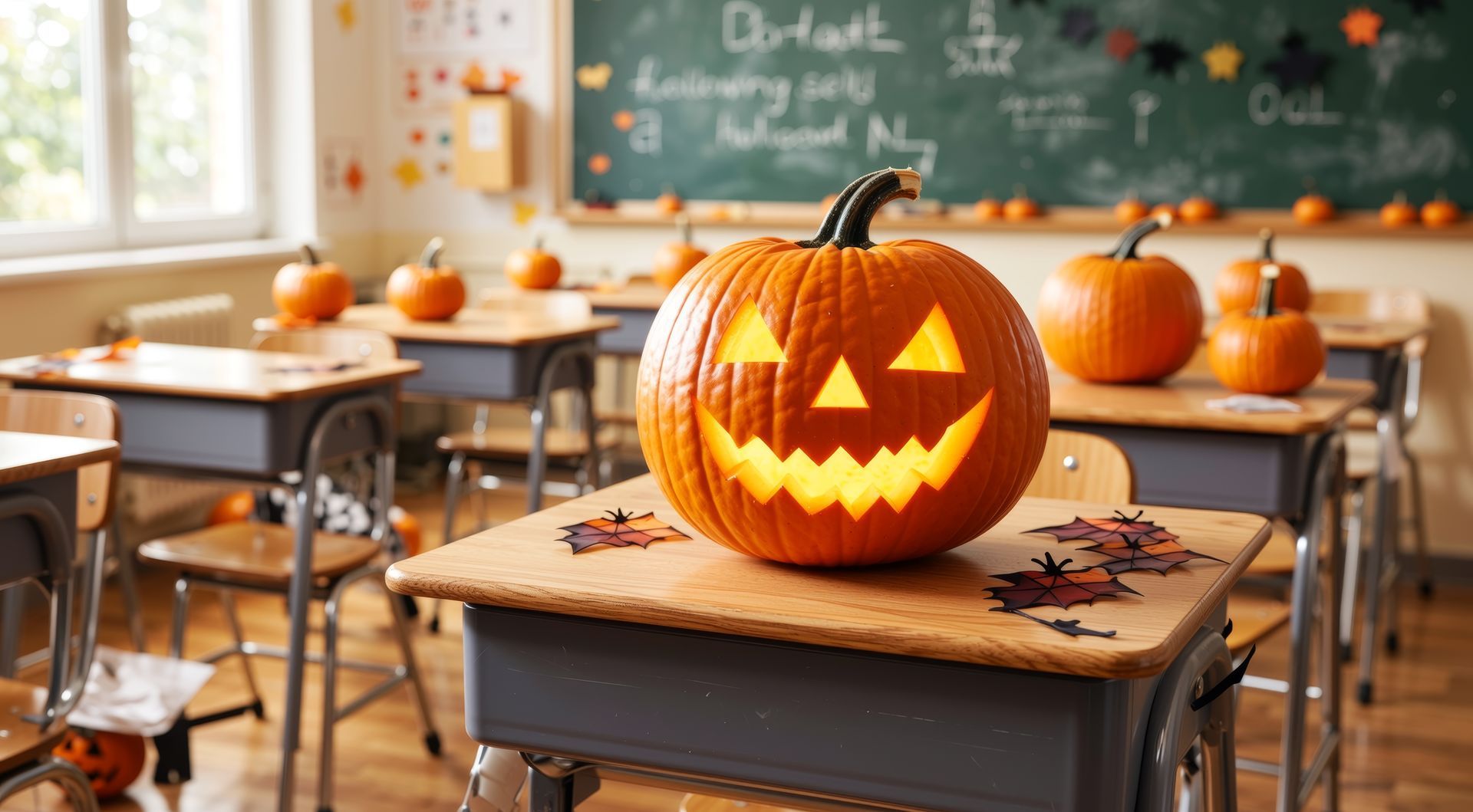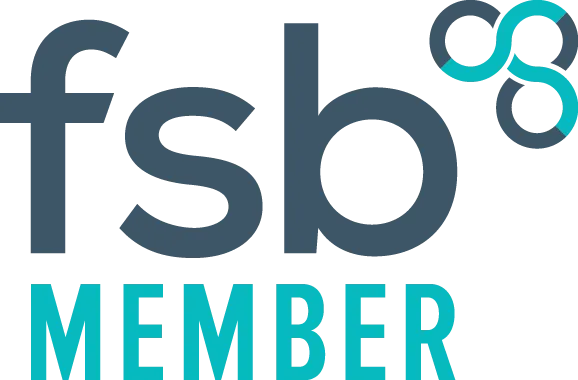Impact on pupils 32
Utilising aids can significantly aid in children's language development by introducing vocabulary, fostering word recognition, and establishing connections between visuals and word meanings. Here are some tips for creating and using wall graphics to enrich language and vocabulary skills:
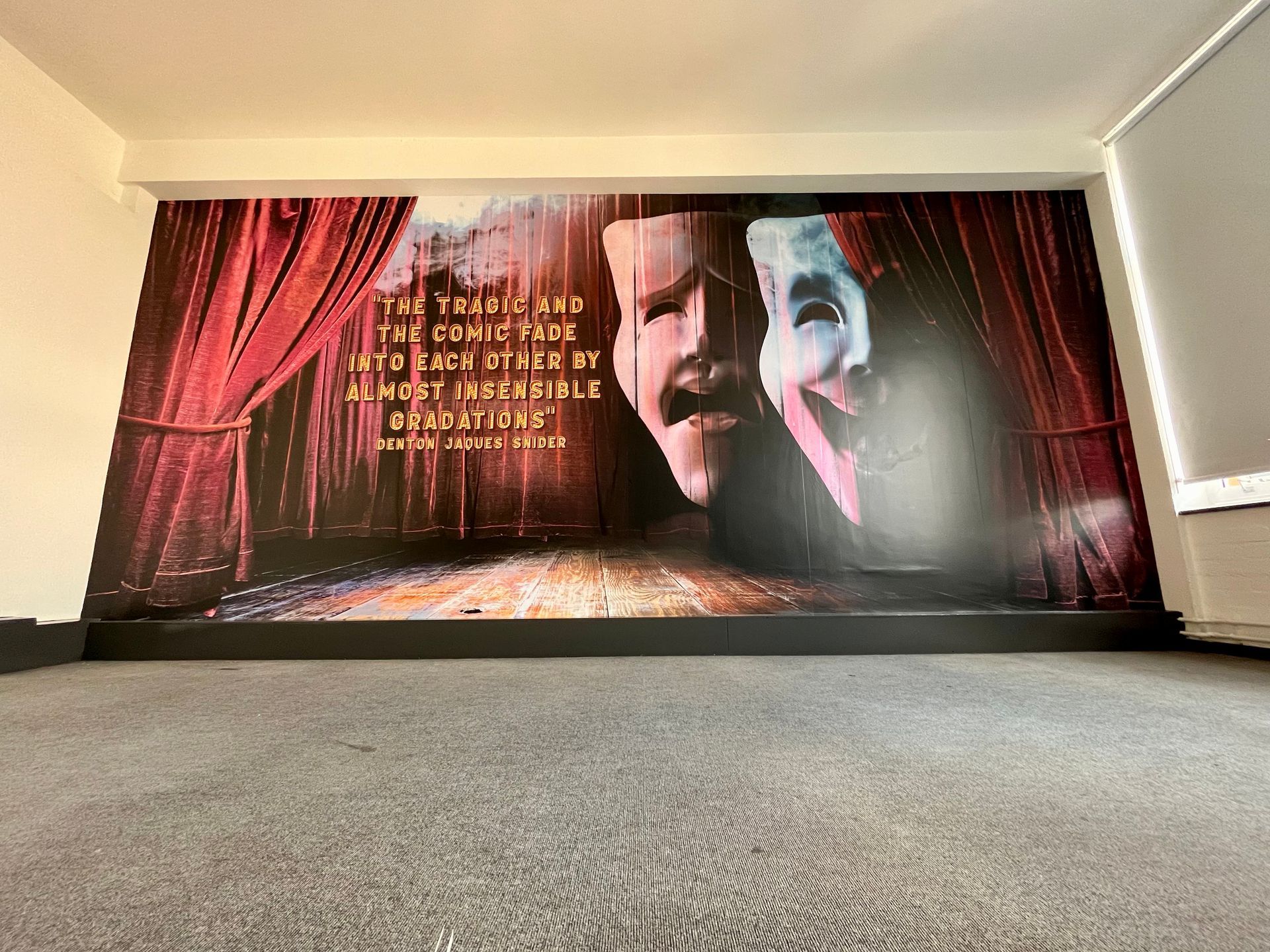
Key Design Aspects for Language Growth
1. Clear Labelling:
- Readable Labels: Ensure that each visual element is clearly labelled with the word in a large, easy-to-read font.
- Multilingual Labels: When multiple-language labels support bilingual learning and encourage cultural awareness.
2. Organised Grouping:
- Categorisation: Arrange words and images into groups, such as animals, food items, household objects, or outdoor settings, to help children grasp word categories and relationships.
- Colour Coding: Utilise colours to distinguish between groups of words, aiding children in recognising and memorising terms effectively.
Here are some ideas for engaging features in settings:
1. Moveable Labels:
- Include elements that allow children to match labels with pictures, making learning interactive and reinforcing their understanding.
2. Tactile Elements:
- Incorporate 3D materials that kids can touch, helping them link sensations with visual and verbal cues.
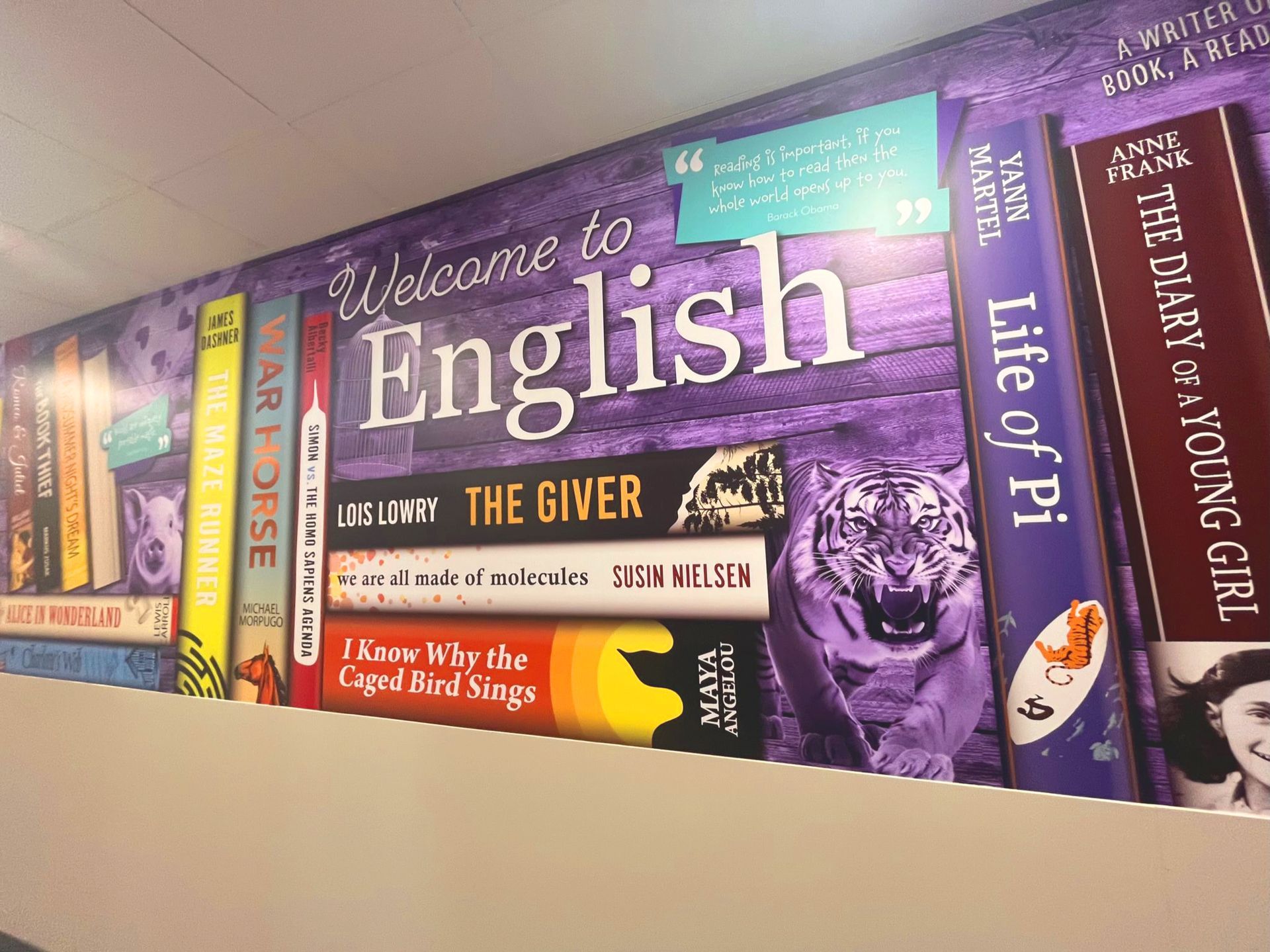
Strategic Placement for Optimal Impact in Classrooms and Learning Areas:
1. Alphabet and Word Walls:
- Set up walls displaying the alphabet, words, and images (A for Apple, B for Ball). Update these regularly to introduce vocabulary.
2. Themed Vocabulary Walls:
- Create themed walls based on topics taught, like seasons, animals or family members, featuring labelled images and related words.
In Hallways and Corridors;
1. Seasonal and Rotating Displays:
- Use wall space to change displays that align with classroom themes or seasonal transitions. Include labelled images to introduce words continuously.
2. Word Games:
- Integrate word games like puzzles or word searches into the visuals to make learning engaging and enjoyable.
In Common Areas and Play Spaces;
1. Emotion and Action Words:
- Use graphics in play areas to illustrate emotions and actions alongside labels, aiding children in expressing themselves.
2. Community and Surroundings:
- To enhance learning, incorporate images and labels of community spots and natural elements such as parks, libraries and weather conditions.
Strategic Approach
1. Collaborative Design Process;
- Involving Teachers and Parents: Engage teachers and parents in the design phase to ensure that the visuals align with objectives and resonate with children's experiences.
- Professional Design Expertise: Collaborate with designers specialising in childhood education to create captivating and informative visuals.
2. Material Selection;
- Choosing Safe Materials: Opt for toxic, child-safe materials for interactive use by young children.
- Environmentally Conscious Choices: Select materials to instill awareness in children early on.
3. Professional Installation;
- Skilled Installation Services: Ensure expert installation to ensure safety and aesthetic appeal, preventing alignment issues or damage.
- Child Centric Placement: Position graphics at heights for children's visibility and accessibility for young learners.
4. Maintenance and Updates;
- Regular Care Routine: Establish a cleaning and maintenance schedule to maintain the graphics' appeal.
- Content Refreshes: Plan updates to introduce ideas, keeping the environment lively and engaging.
Examples of Wall Graphics Enhancing Language Development & Vocabulary Building
1. Word Display;
- Arrangement: A display showcasing the alphabet alongside images and corresponding words (like "A, for Apple " and "B for Ball"). It should include both uppercase and lowercase letters.
- Effect: Assists kids in connecting letters to sounds and words, which boosts their reading abilities.
2. Thematic Vocabulary Display;
- Arrangement: Displays focusing on themes, such as animals (lion, elephant, tiger), foods (apple, banana, carrot) or household items (table, chair, lamp).
- Effect: Strengthens acquisition by grouping words, aiding children in remembering related terms.
3. Interactive Word Matching Activity;
- Arrangement: A display featuring labels children can match with corresponding images (matching the word "dog" with a dog picture).
- Effect: Engages children in learning by reinforcing word recognition and vocabulary through hands-on participation.
4. Emotion and Action Display;
- Arrangement: Visuals illustrating emotions (happy, sad, excited) and actions (running, jumping, reading) accompanied by labels.
- Effect: Assists children in recognising and expressing their emotions and actions to enhance understanding and communication skills.
In conclusion:
Wall decorations can improve language and vocabulary skills among children by using labelled images, organising them thematically, and adding elements. These visual aids not only make the learning space more appealing but also offer valuable educational advantages. They enable kids to associate words with their definitions and enhance their early reading abilities. This method encourages a passion for education and discovery, establishing a basis for academic achievements.
